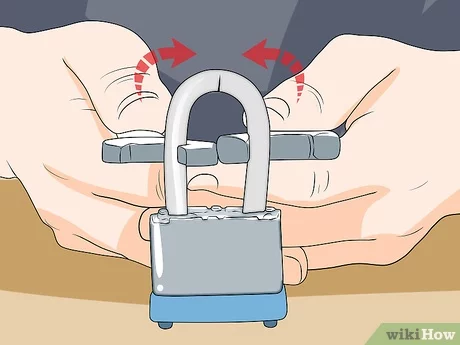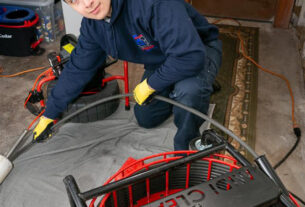Are you looking for the perfect etching tool to create intricate designs on metal or glass? With so many options available, it can be overwhelming to choose the right one. In this article, we will explore the different types of etching tools and provide a guide to help you select the best one for your needs.
Types of Etching Tools
1. Etching Needles
Etching needles are a basic tool used for creating thin lines and fine details. They come in various sizes, depending on how thick or thin you want your lines to be. The needle is typically made of steel, and it is held like a pen.
2. Etching Pens
Etching pens are similar to etching needles but with a more ergonomic design. They have a comfortable grip, making them easier to use for extended periods of time. They also come in different sizes.
3. Sandblasting Equipment
Sandblasting equipment is used for larger projects and can etch designs onto glass or metal surfaces using sand or other abrasive materials. This method is ideal for creating deeper engravings.
4. Acid Etching Kits
Acid etching kits are an all-in-one solution that includes everything you need to create intricate designs on metal surfaces using acid. These kits usually include safety gear, stencils, etchants, and instructions.
Factors to Consider When Choosing Etching Tools
1. Project Size
The size of your project will determine which type of etching tool you should use. For smaller projects, such as jewelry making, etching needles or pens will suffice. For larger projects like glassware or metal signage, sandblasting equipment or acid etching kits may be necessary.
2. Surface Material
Different surface materials require different types of etching tools. For example, metals like copper and brass require acid-based etching kits, while glass can be etched using sandblasting equipment.
3. Level of Detail
The level of detail you want to achieve will also play a role in your choice of etching tool. Etching needles or pens are great for fine details, while sandblasting equipment is ideal for larger designs with less detail.
4. Safety
Etching tools can be hazardous if not used properly. Always wear protective gear and follow safety instructions when working with acids or abrasive materials.
5. Budget
Etching tools come in a range of prices, from affordable etching needles to more expensive sandblasting equipment and acid etching kits. Consider your budget before making a purchase.
Tips for Using Etching Tools
1. Practice on scrap material before starting your project.
2. Use stencils or pre-made designs to ensure accuracy.
3. Always work in a well-ventilated area when using acid-based etching kits.
4. Wear protective gear, including gloves and eye protection.
5. Take breaks often to prevent hand fatigue.
Conclusion
Choosing the right etching tool depends on several factors, including project size, surface material, level of detail, safety concerns, and budget. By considering these factors and following our tips for using etching tools, you can create beautiful and intricate designs on metal or glass surfaces.
Wiki Reference: https://en.wikipedia.org/wiki/Etching_(microfabrication)




